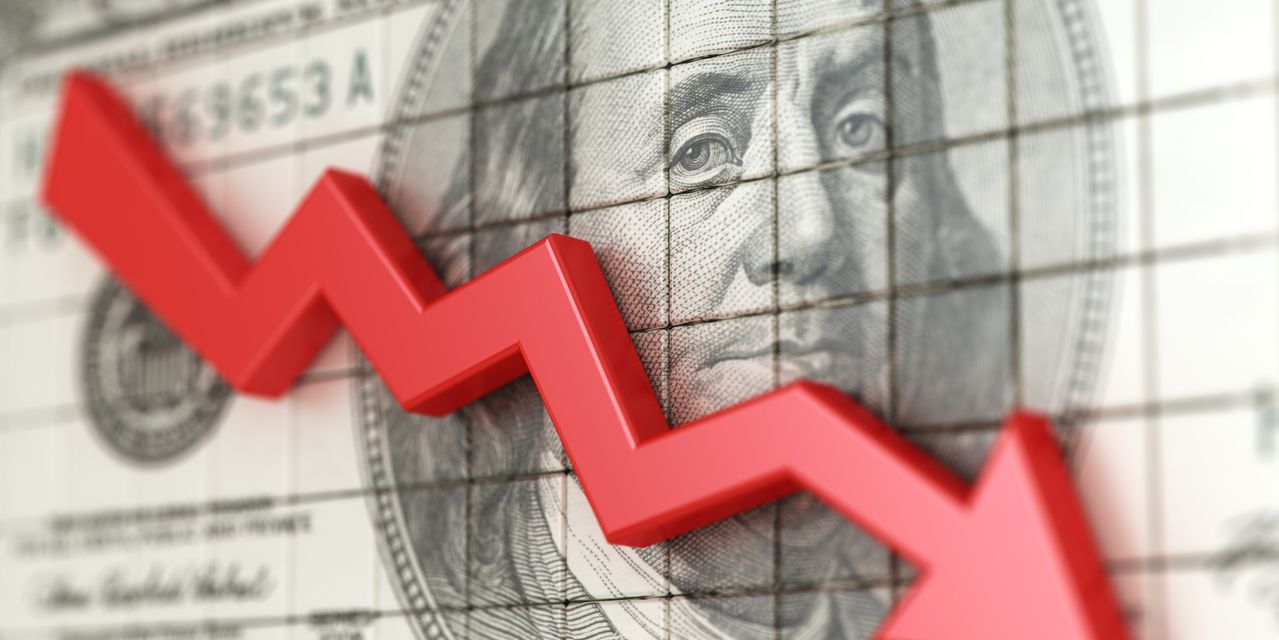“A complete picture of stock market health requires a focus on all companies, not just those that are turning a profit. ”
Depending on your source for P/E ratios, the small- and midcap sectors of the U.S. stock market are either significantly overvalued or hugely undervalued.
Consider the Russell 2000 Index
RUT,
perhaps the most widely accepted benchmark for the small- and mid-cap sectors of the U.S. market. According to the website of the iShares Russell 2000 ETF
IWM,
its P/E ratio based on trailing 12-months earnings is 10.70 — well-below the stock market’s long-term average of around 16. In fact, the ratio is this low only because the website’s calculations exclude unprofitable companies.
We know that because the Wall Street Journal’s website reports P/E ratios that do include such companies. And it is reporting the Russell 2000’s P/E trailing 12-month P/E ratio to be 29.75 — nearly three times higher, and almost twice the stock market’s long-term average.
I should stress that iShares does not hide the fact that it excludes unprofitable companies from its calculation of funds’ P/E ratios. In most cases, this exclusion makes little difference. But it significantly skews the calculations when a large number of companies are losing money. This is definitely the case with the Russell 2000, as more than 800 of its constituent companies were unprofitable over their most recent 12-month reporting periods (according to FactSet data).
I think we can all agree that a complete picture of stock market health requires a focus on all companies, not just those that are turning a profit. But there’s an even more fundamental lesson that we can draw from this discussion: The stock market is top-heavy right now, and that isn’t healthy.
The market’s top-heaviness has been widely noted over the past couple of years, but depending on which metric you focus on, it’s getting more extreme. James Stack, editor of the InvesTech Research newsletter, reports that almost all of the S&P 500’s
SPX,
gain this year so far is attributable to just three of the index’s 11 major sectors — Communications, Technology, and Consumer Discretionary. The other eight sectors are sitting on year-to-date losses, as you can see from the chart below.
Stack says that this top-heavy market is “worrisome.” If the economy were in as good a shape as the overall numbers suggest, then shouldn’t there be the veritable rising tide that lifts all (or at least a majority of) boats?
Stack concludes that economic and stock market “trouble lies ahead of us, not behind us.” (Full disclosure: Stack’s newsletter is not among those that pay a flat fee to have its performance audited by my firm’s performance-tracking service.)
Supporting Stack’s concern is an analysis of market participation rates conducted by Sam Stovall, chief investment strategist at CFRA Research.
Broad participation, Stovall says, is “correlated with market advances, and vice versa.”
He adds: “Since 1995, the 10 years with the highest 52-week average of S&P 1500 sub-industries trading above their 10- and 40-week moving averages posted an annual gain of 20.2% (rising 100% of the time), while the 10 years with the lowest average participation rate declined in price by 6.2% and fell 70% of the time.” (Over the entire 28-year period, prices rose 9.7% on average, with a 71% frequency of advance.)
Mark Hulbert is a regular contributor to MarketWatch. His Hulbert Ratings tracks investment newsletters that pay a flat fee to be audited. He can be reached at [email protected]
More: The S&P 500 is top-heavy with tech. Here’s what that says about future stock-market returns.
Also read: A stock-market milestone: Apple is now worth more than the entire Russell 2000
Read the full article here


